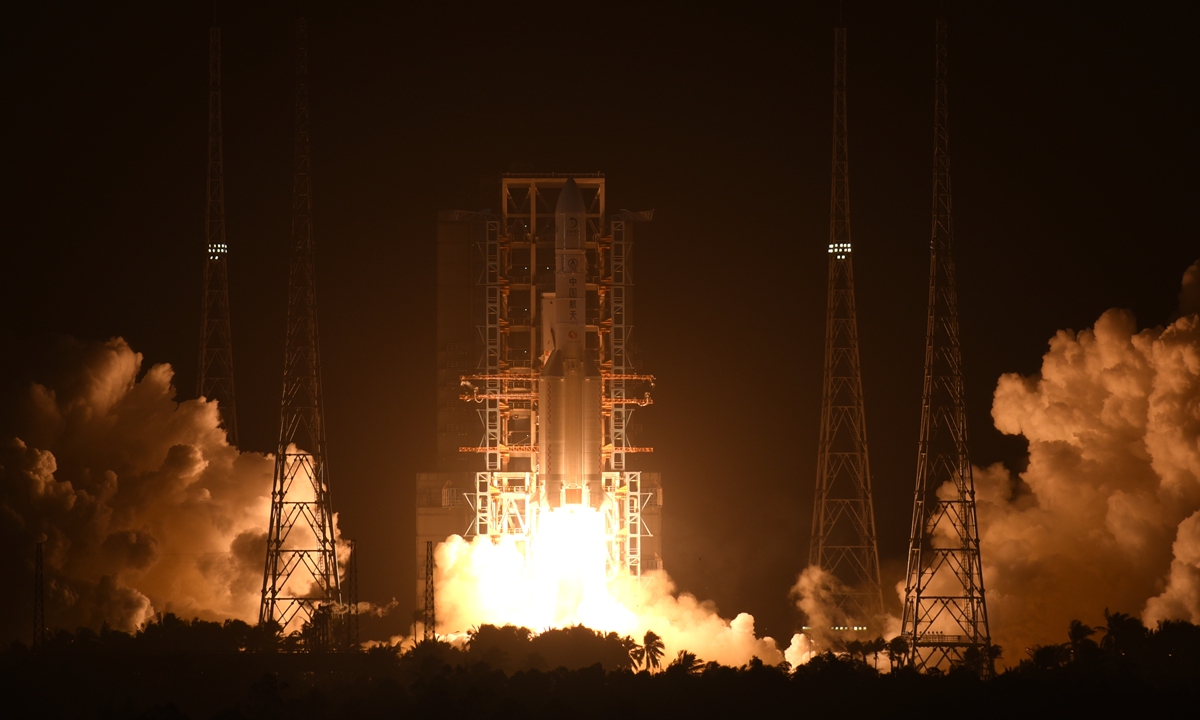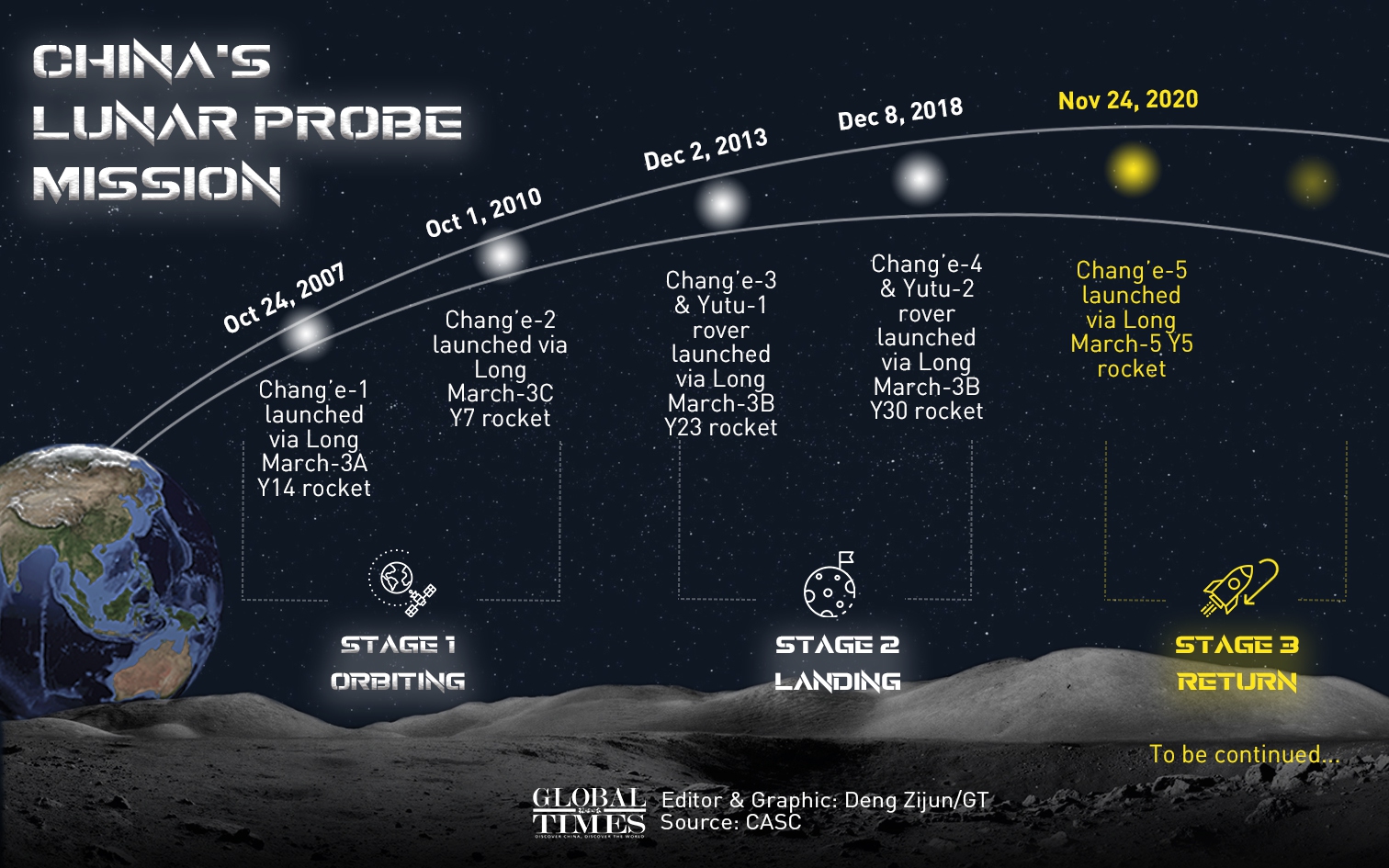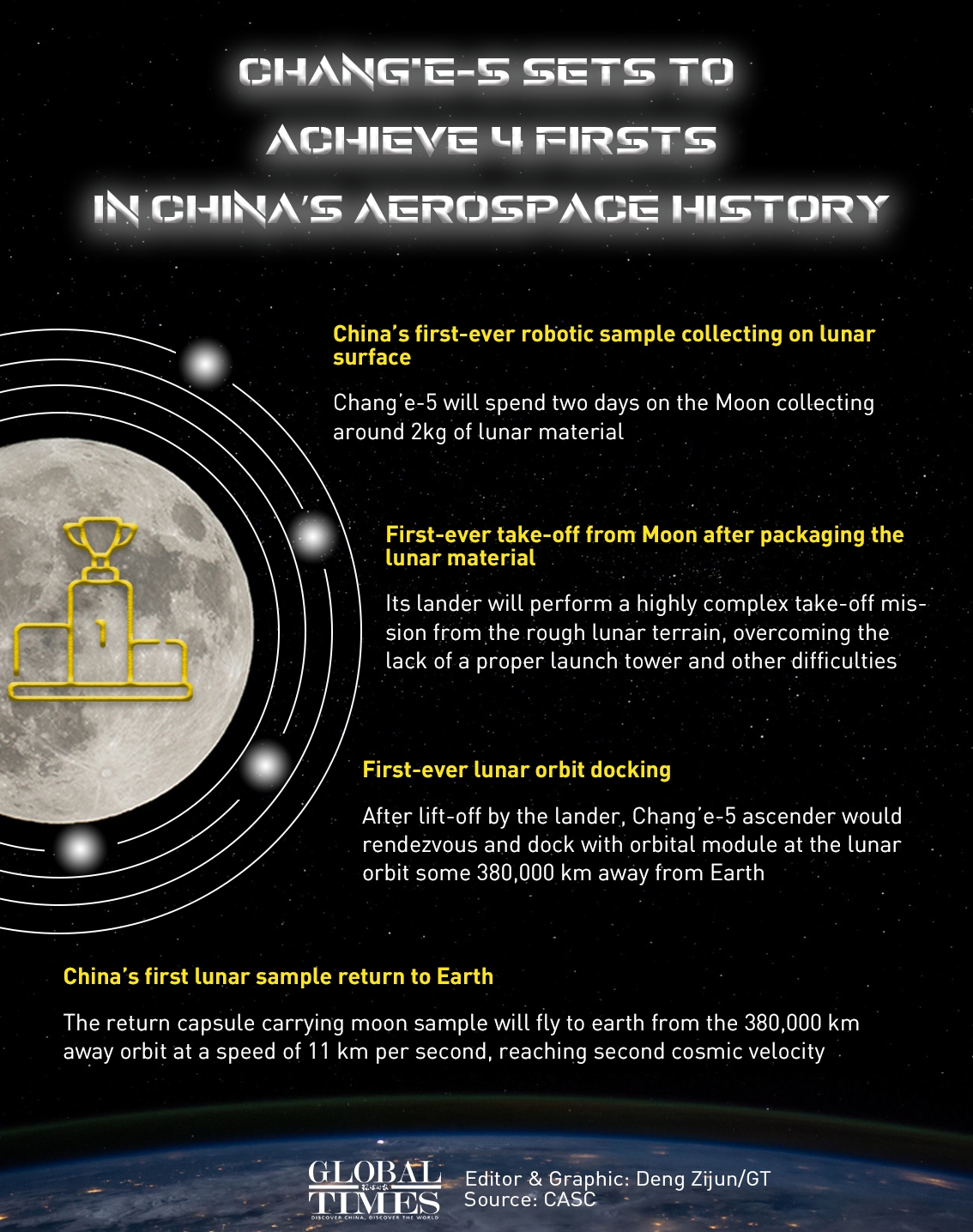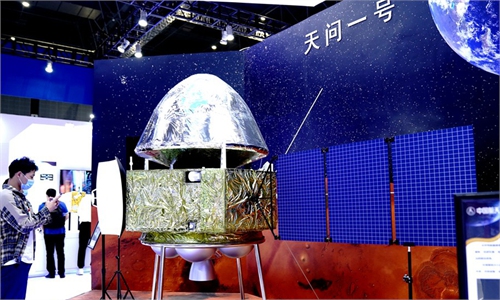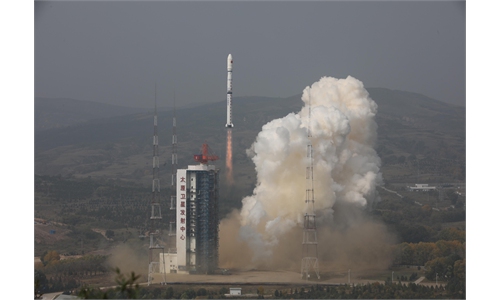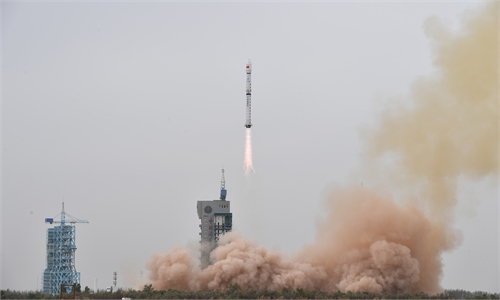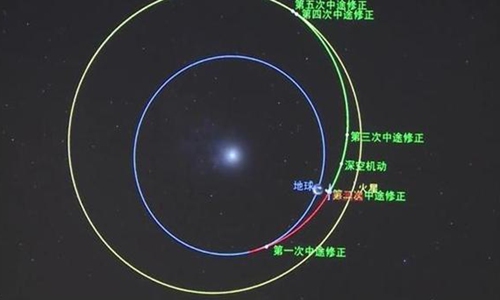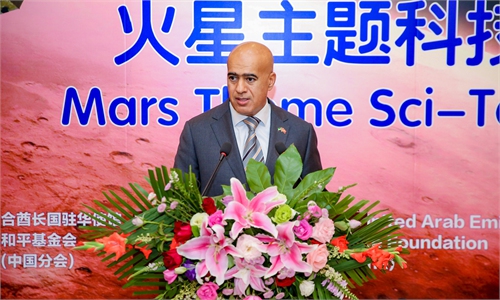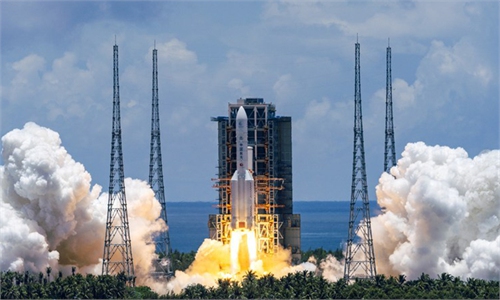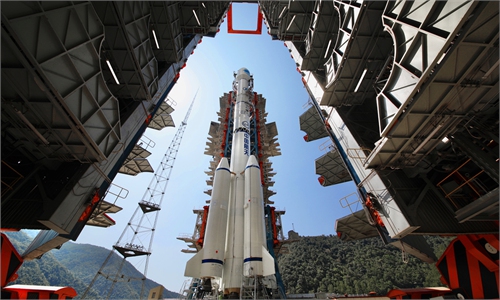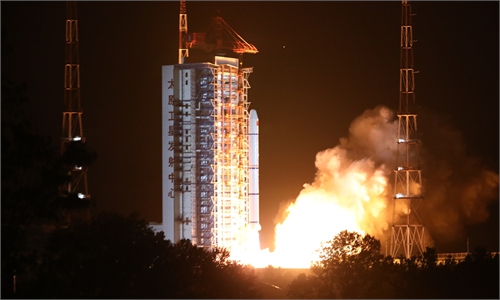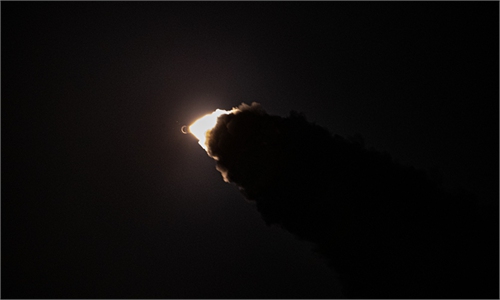https://youtu.be/hyCZsxd6n0E
https://youtu.be/Lnm7NoilIMQ
https://youtu.be/PuvyjFYArlc

BEIJING: China is making a final sprint to eliminate absolute poverty as it marches towards a moderately prosperous society.
Leading this anti-poverty effort is President Xi Jinping, also general secretary of the Communist Party of China (CPC) and chairman of the Central Military Commission.
The Chinese leadership has set 2020 as the deadline to eradicate poverty. Every CPC leader in the past had worked towards this target, but the work by Xi has impressed many people.
Last March, Xi convened a televised symposium on poverty alleviation. He reiterated the deadline and vowed to lift the remaining five million-plus people out of poverty by the end of the year, despite the sudden onslaught of Covid-19. In September, Xi said China has “every confidence” of achieving the goal.
The nation will meet the poverty eradication target (set out in the 2030 Agenda for Sustainable Development) 10 years ahead of schedule, Xi told the 75th session of the United Nations (UN) General Assembly then.
In his latest instruction made public in mid-october, Xi said there should be no letting up until a complete victory has been secured.
Millions climb out of poverty trap
Poverty has plagued China for thousands of years. Since the founding of the People’s Republic of China in 1949, the anti-poverty war has lifted over 700 million rural people out of poverty.
Great strides had been made under the reform programmes and opening up of China in 1978, started by Deng Xiaping.
Xi assumed the historic responsibility of leading this anti-poverty fight, after he was elected general secretary of the CPC in November 2012. At that time, About 99 million Chinese lived under the poverty line, earning a per capita income of less than 2,300 yuan (about US$1 dollar) a day.
To meet the 2020 anti-poverty deadline, over 10 million people have to be lifted out of poverty every year. This equates to about one million people every month, or 20 people every minute.
President Xi goes to the ground
About one month after taking over the helm of the CPC, Xi braved winter cold to visit poor villagers in Hebei Province. Sitting down with them, Xi asked about their income, if they had sufficient food and enough quilts and coal to stay warm.
In November 2013, Xi went to Shibadong, a Miao ethnic minority village nestled in the mountains of central China’s Hunan Province. There, he put forward the concept of targeted poverty alleviation.
Across the country, all impoverished people and the factors that have led to their poverty are identified. Each household or individual is given a customised poverty relief plan.
They might get help to start a small business, be relocated out of mountains or receive training to find jobs in cities.
Their children will be given education. And there is a system to keep track of progress to ensure the measures are having their desired effect.
Xi has put poverty relief work under the leadership of the CPC of 90 million members. Party chiefs at all levels are required to take up a role.
Over 2.9 million public sector officials are sent to villages to fight poverty “at the front line.”
The leader has convened a series of meetings on poverty alleviation. Before every meeting, he would visit impoverished regions to learn about local situations and listen to suggestions of grassroots officials and members of the public.
Xi has a complete portfolio of poverty relief plans. He sets basic targets at meetings: rural poor people must not worry about food and clothing, and have access to compulsory education, basic medical services and safe housing.
A lot of emphasis is given to the role of education to stop repeat of poverty from one generation to the next.
He has advocated relocation as an effective anti-poverty solution, and repeatedly warned against needless formalities, red tape.
Yuri Tavrovsky, a sinologist and professor at the Peoples’ Friendship University of Russia, noted China’s anti-poverty fight has obviously gathered pace under Xi’s leadership.
No single poor to be left behind
Xi is no stranger to poverty. As a teenager and young adult, he spent seven years with peasants on the Loess Plateau where he lived in cave-like adobe houses and slept on a flea-infested bed on clay stove.
He joined the CPC in the village of Liangjiahe, and had his first experience as a grassroots-level CPC secretary there.
Xi once said his biggest dream back then was to make it possible for the villagers to have meat on their plates, which was a luxury during those days before the rise of China.
In his 80 domestic inspection tours over the past eight years, he has seen some of the most remote and impoverished areas in the country.
Xi has stressed that “no one should be left behind”. In the first four years as CPC chief, he had visited China’s 14 “contiguous impoverished areas.” At times he had to travel by plane first, and transfer to train and car before reaching the remote villages.
“What impresses me most is that Xi always puts people’s well-being first,” said Zhao Ruqi, an official who worked with Xi in Fujian.
In 2016, when visiting a village in Ningxia, Xi was seen checking the shower facilities in a villager’s home, and was happy to learn that the family had a solar water heater.
Recalling his early trips to some poor areas, Xi once said his heart sank when he saw the bumpy and rugged roads, harsh living conditions of the locals and heard stories of children dropping out of school, and patients not getting timely medical treatment and attention.
“But when I went to poor villages in recent few years, I saw substantial changes,” Xi said at the March symposium. “Seeing the smiles of the people, I feel delighted.”
The number of Chinese living in poverty has dropped from 98.99 million to 5.51 million in the seven years since 2013.
UN Secretary-general Antonio Guterres has remarked that China made the greatest contributions to world poverty alleviation in the past decade.
In China, the per capita net income of the poor has more than doubled – rising from 4,124 yuan in 2016 to 9,057 yuan in 2019, registering an average annual growth of 30%.
Rural people are seeing a significant improvement in their lives and standard of living. The development of rural industries has changed lives, as has relocation of villages. In the past five years, more than nine million rural poor in China have been moved out of inhospitable areas.
Yang Qingzhong recalled that his family of six had to cram themselves into a tiny mudbrick house in mountainous Guizhou Province.
In 2018, the family moved into a spacious modern apartment in town, allocated by the government. And he found a job in a workshop near his new home, making rattan chairs.
All over the country, rural infrastructure, education and health-care have improved. Some rural hospitals partner with their metropolitan counterparts to offer high-quality medical services to rural residents.
“Illness-induced poverty is one of the toughest problems in rural areas,” said Hu Yi, head of the public hospital in the county of Zhenxiong in Yunnan Province. “Now they don’t have to travel far to get treated, not even for serious illness.”
Benefiting from the poverty eradication programmes, some ethnic minorities – residing in the country’s remote areas in southwestern corners – have also experienced positive changes in their life.
But China under Xi’s leadership is not going to stop at poverty eradication. “Poverty eradication is only the first step; better days are still ahead,” Xi said in a letter to the Dulong ethnic minority group, congratulating the Dulong people for collectively shaking off poverty.
Xi has reminded his people that shaking off poverty is not the finishing line, but the starting line of a new life and new endeavour.
Revisiting Hunan in September, Xi said China must establish a long-term strategy to prevent any relapse into poverty. Among the plans being implemented in China are rural revitalisation programmes and economic development to build a moderately prosperous society. — Xinhua (Compiled by HO WAH FOON
US invites reprisals by harassing CPC crew members
It's not accidental that the current US administration has played stupid tricks to deal with the CPC. See how it withdrew from the Paris agreement and how it found fault with the WHO. When it questioned those on board whether they are CPC members, its behavior is too weird to be true.
Chinese FM calls on US to end its hatred toward CPC
US' latest move of limiting travel visas for Communist Party of China (CPC) members and their family members is an escalation of political repression against China by some extreme anti-China forces in the US out of ideological bias, the Chinese Foreign Ministry said on Thursday, while calling on the US to abandon their hatred toward the CPC.
Related posts:
China launches 1st lunar sample return mission, aims for multiple breakthroughs in aerospace history
https://youtu.be/3reQGq3yX8A https://youtu.be/U2dcjFCvnmU https://youtu.be/deAjOFW5kgg https://youtu.be/oShND5JmGY0 https://yo..
China unveils its 2020 Mars probe https://youtu.be/hdj8-XSOAg8 A lander for China's Mars mission is seen before a hovering-an..
Time to stop bullying....China has no reason to fear US suppression & threats, with the spirit of Resisting US Aggression and Aid Korea War 1950~53












